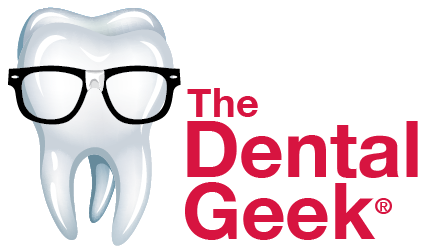How Can Clear Aligners Correct An Overbite?
Overbites are a frequent orthodontic problem. It is a malocclusion in which the upper incisors excessively overlap the lower teeth when the patient is in occlusion. Many factors can contribute to this problem, and as it’s becoming more and more common, many therapies have become available to fix it. Clear aligners are one of them. There’s a wide variety of alternatives to address this malocclusion, and no single option is best. Each one has advantages and disadvantages, and dentists must evaluate them carefully before making a clinical decision. The approach to correct an overbite should be selected based on factors, including the patient’s needs, the cause of the malocclusion and the desired treatment outcome.
The three fundamental methods for overbite correction (without including the surgical option) are the extrusion of molars, flaring of anterior teeth and intrusion of upper and/or lower incisors. Any of these treatment alternatives would have been typically carried out with fixed orthodontic appliances (traditional braces). However, a new option was introduced some time ago: clear aligners. These aligners have been used in the field of orthodontics since 1997, and they marked a new era in orthodontic treatment. At first, clear aligners were only indicated in patients with mild-to-moderate crowding, but as this technology was studied and developed, dentists began to address more severe orthodontic issues with this therapy. The main benefit of clear aligners is the superior esthetics and the fact that the appliances are removable. This makes them an attractive and comfortable alternative for most patients, especially adults who feel reluctant to wear braces. Aligners are discreet, easy to wear and enable patients to maintain perfect oral hygiene. However, there’s a clinical limitation associated with this therapy when applied to correct complex malocclusions: lack of predictability and efficiency in certain teeth movements. These movements, which are crucial in many orthodontic treatments, include molar movements, certain intrusions, extrusions in general and canine rotations.
So how can an overbite be corrected with clear aligners? Studies show that this therapy has little effect on the vertical position of molars if it’s not aided by other procedures. But it can modify the incisor position. A study that included 60 adult patients with overbite and 48 with deep bites analyzed cephalometric measurements of these patients before and after the aligner therapy. Results show that patients with common overbites had a median opening of 0.3 mm, and in patients with deep bites, the median opening was 1.3 mm. As expected changes in incisor position caused all the improvements, and patients had minimal modifications in molars and mandibular plane. Clear aligners have great reception among patients, so orthodontists and dentists should at least consider that this therapy has been constantly studied and improved to correct more complex cases before ruling it out. A mild-to-moderate vertical overlap of incisors can be easily treated with clear aligners. However, it is a fact that more complex cases might still require fixed appliances, or at least the combination of clear aligners with other more sophisticated orthodontics mechanics to aid the procedure.

Aligners fix overbites by applying consistent pressure on the teeth. This pressure moves the teeth into their ideal areas, which help fix gentle to direct overbites and fixes teeth. Thanks for sharing such an informative article with us.
Thanks for the blog.Nice clear aligners information.You can also check.
clear aligners
The good news is that it is possible to use clear alignment devices to repair dental punctures. These are overbites that are caused by the upper teeth being angled outward or toward the lips.